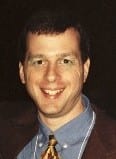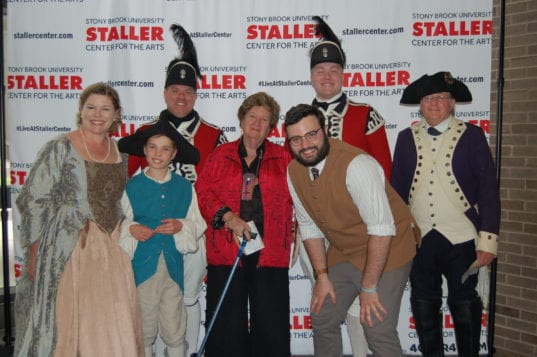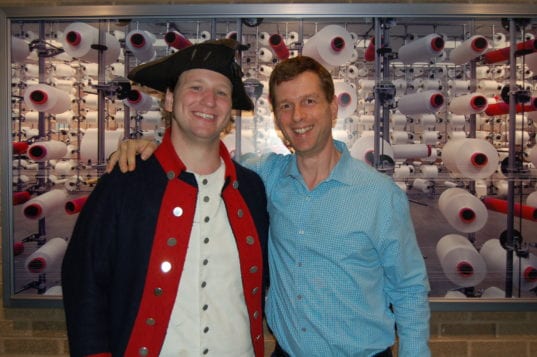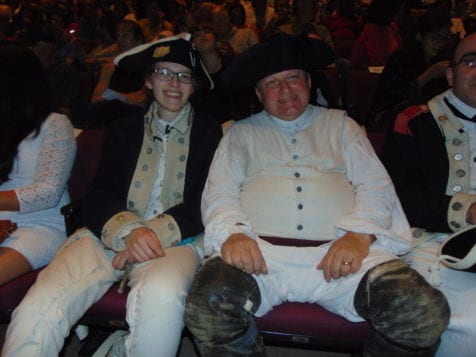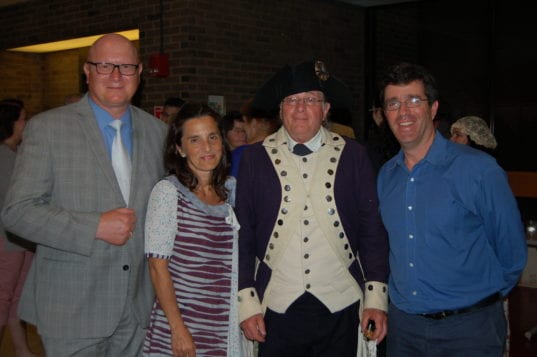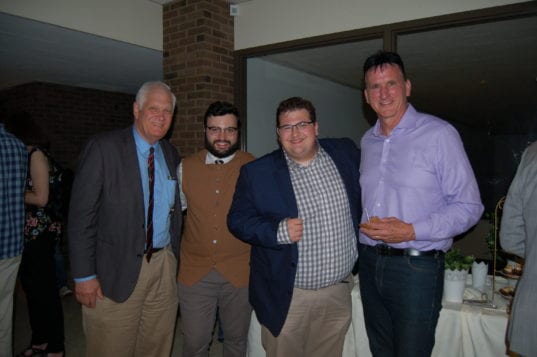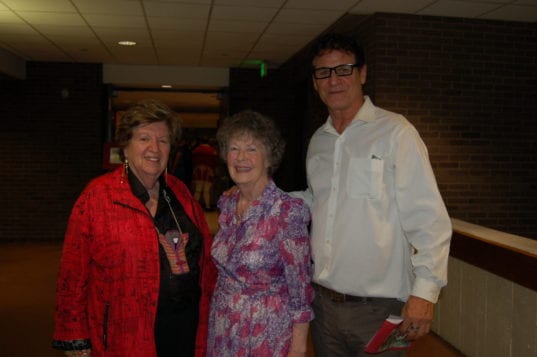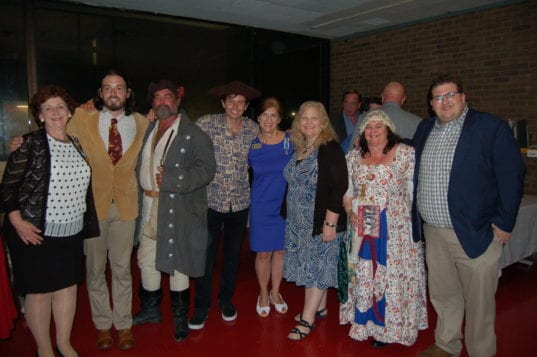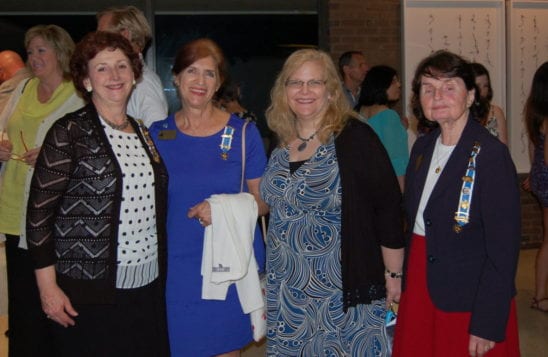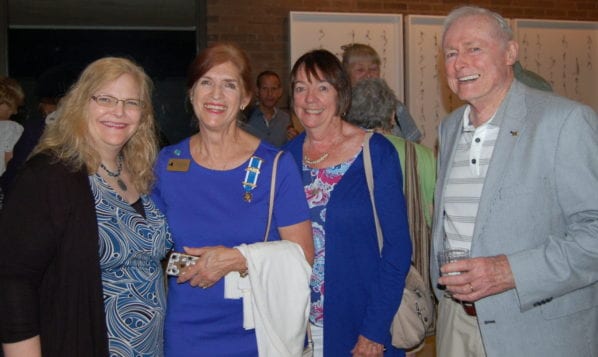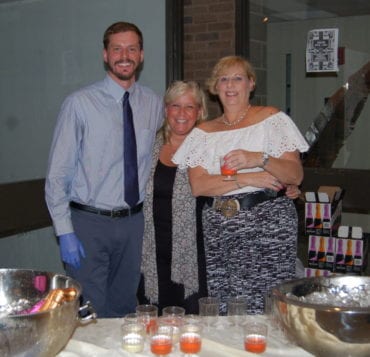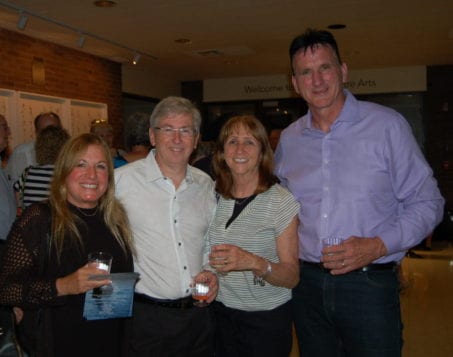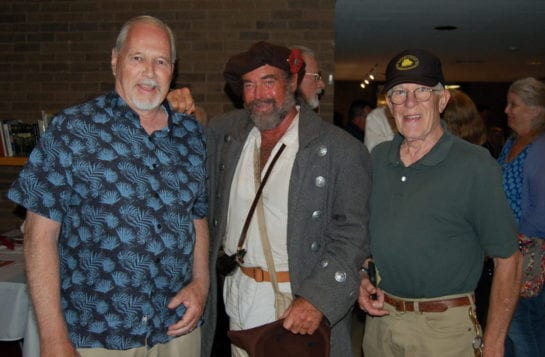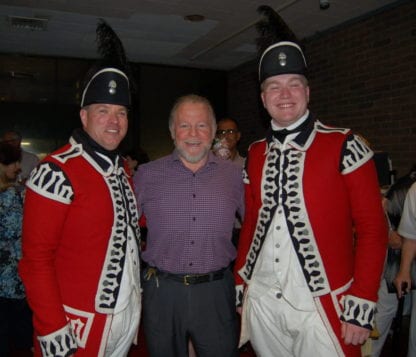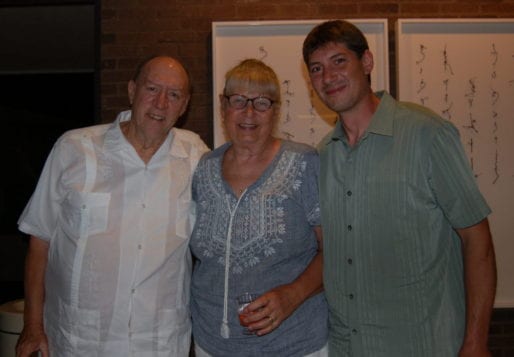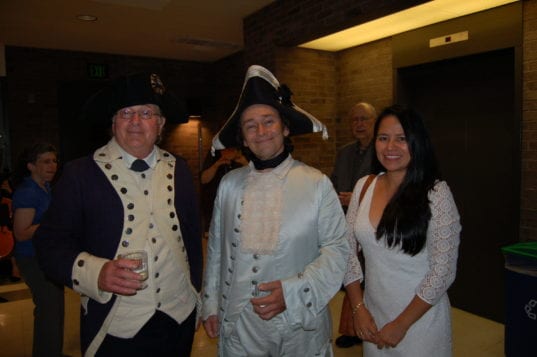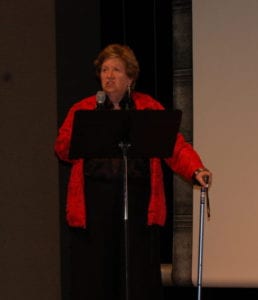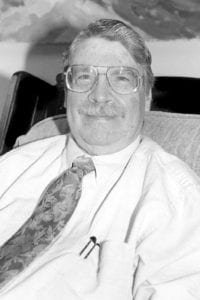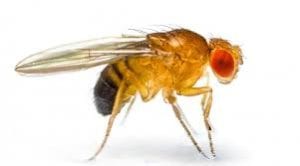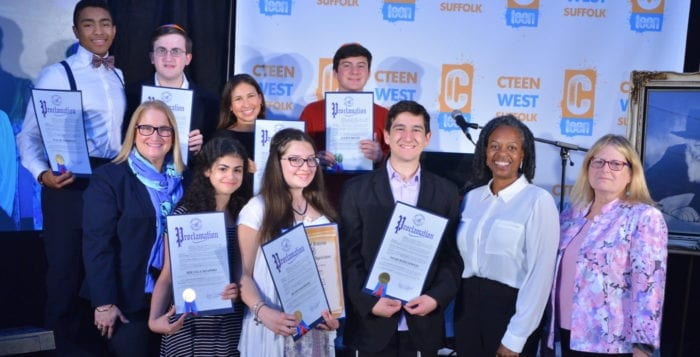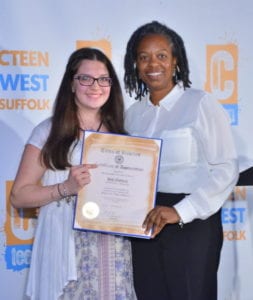By Sabrina Petroski
Come join the fun as the most beautiful words in the English language are given new life! In celebration of its 30th anniversary, The Carriage House Players will present “A Midsummer Night’s Dream” and “Hamlet” for its annual Summer Shakespeare Festival at the Suffolk County Vanderbilt Museum in Centerport. The festival opens on June 29.
With a modern twist on two of the Bard’s most famous plays, performances will be held under the stars in the central courtyard of William K. Vanderbilt’s Eagle’s Nest mansion, one of the last remaining Gold Coast estates on the North Shore.
The festival was the brainchild of Frederic De Feis, who ran the productions through the Arena Players until his retirement. Upon his leave, De Feis passed the reins to longtime company member and protégé, Evan Donnellan.
“[The festival] started because Fred was looking for a space to perform Shakespeare outdoors,” said Donnellan. “He found the Vanderbilt courtyard and decided to use the space because of its atmosphere and architecture, which lends itself particularly well to Shakespeare.” As executive director, Donnellan, who was part of the company for 22 years, decided to rename the troupe The Carriage House Players to “better reflect our space” as they perform in the Vanderbilt Carriage House on the museum’s grounds.
“The Carriage House Players add a delightful dimension to the Vanderbilt Museum’s creative programming throughout the year,” said Lance Reinheimer, executive director of the Vanderbilt Museum, in a recent email. “Every July and August, their annual Shakespeare productions are a very popular summer attraction. Their shows, presented on our outdoor stage, are enhanced by the graceful backdrop of the estate’s century-old Spanish Revival architecture.”
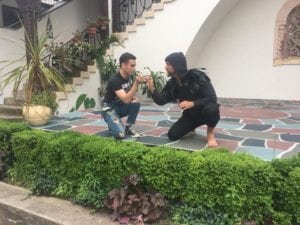
“The Shakespeare Festival has been a main event for Long Island for three decades now and we are proud to continue the tradition,” added Donnellan who said the group chose “A Midsummer Night’s Dream” because the timeless story of love gone awry, complete with mischievous fairies and bumbling actors, will create a hilarious evening of theater filled with charm, magic and grand romantic gestures. The play will be directed by company member Christine Boehm, who has previously graced the stage as Juliet in “Romeo and Juliet” and has directed recent productions of “The Woman in Black” and “Precious Little.”
“With an aesthetic largely inspired by the Celtic Punk movement popularized in the 1980s with through lines discussing politics, pride in the working class and, most importantly, drinking, our ‘Midsummer’ will focus on the text’s most largely identified theme as the title suggests — a dream,” said Boehm.
After “A Midsummer Night’s Dream,” The Players will present Shakespeare’s greatest tragedy, “Hamlet.” Donnellan says “the classic tale of revenge, loss, and the thirst for power, complete with glorious sword fights and ghostly visitors, will transport audiences back in time and put them right in the head of the Danish prince as he struggles to determine what is wrong and what is right.” Directed by company member, Jordan Hue, who directed “Macbeth” and “Much Ado About Nothing” at previous festivals, the show will be performed in the more classical tradition but with an emphasis on neo-futurism.
For Donnellan, his hope is that this festival will appeal to wide audiences and introduce new theatergoers to the Bard’s genius. “Our goal is for audiences to embrace the old with the new while focusing on Shakespeare’s gorgeous prose and powerful storytelling.”
The Suffolk County Vanderbilt Museum, located at 180 Little Neck Road, Centerport, will host “A Midsummer Night’s Dream” from June 29 through July 29 followed by “Hamlet” from Aug. 5 through Sept. 2. Shows are held at 8 p.m. on Wednesdays and Fridays and 7 p.m. on Sundays, weather permitting. Running time is approximately 2 hours. Guests are encouraged to arrive early and enjoy a picnic on the grounds before the performances. Tickets are $15 and can be purchased online or at the door. For more information, visit www.vanderbiltmuseum.org or call 631-854-5579.






